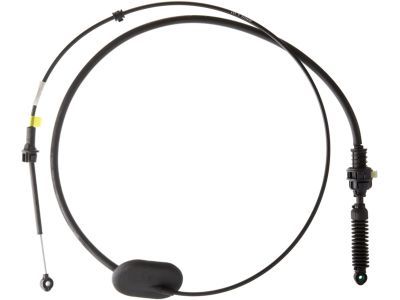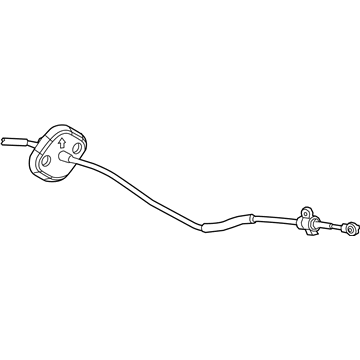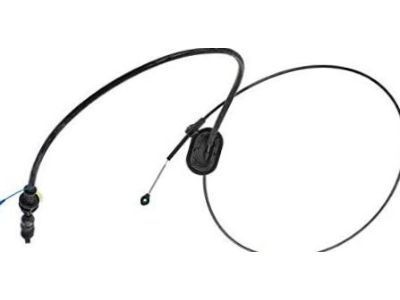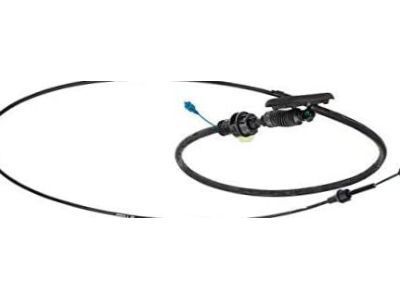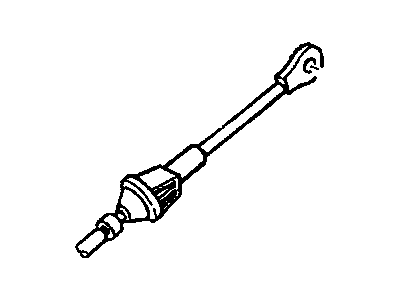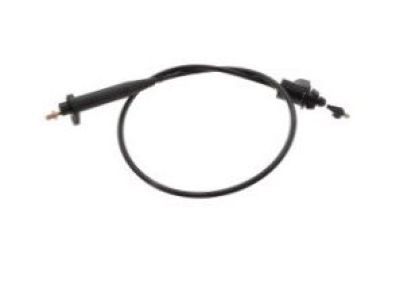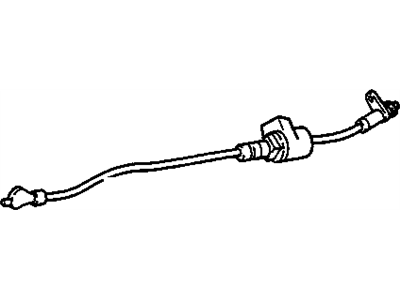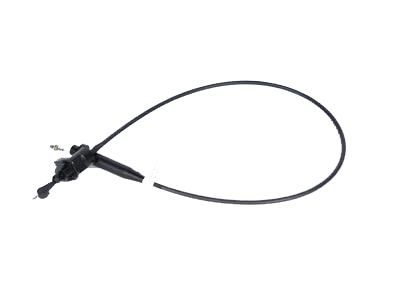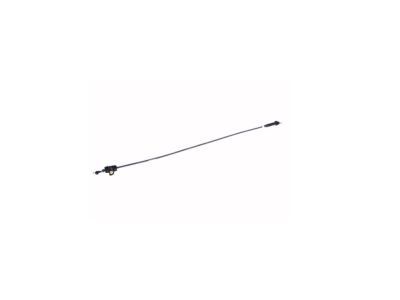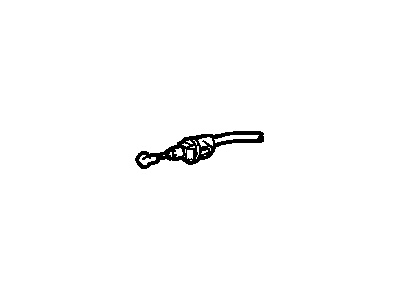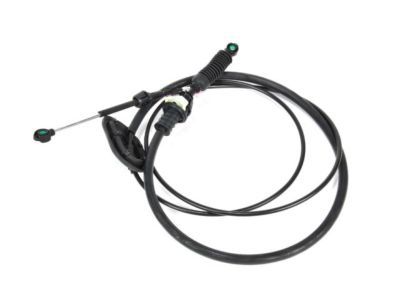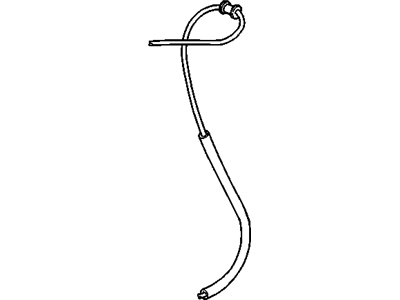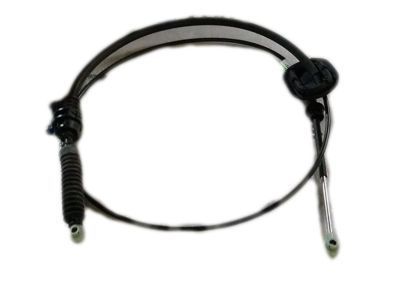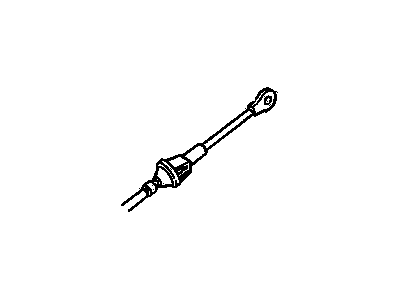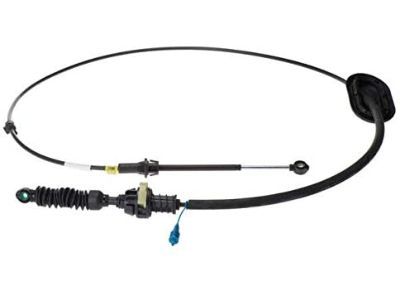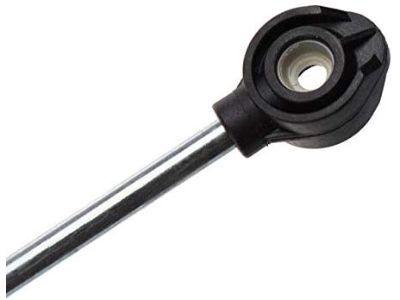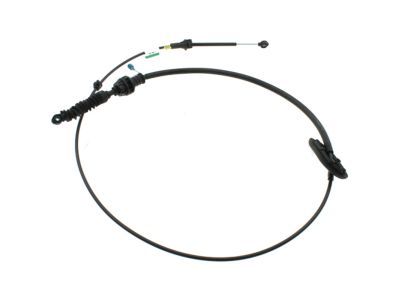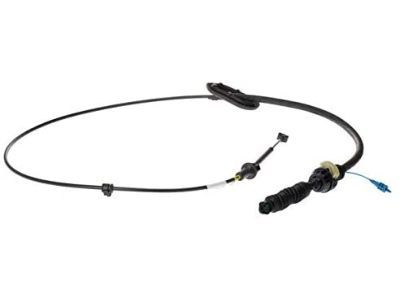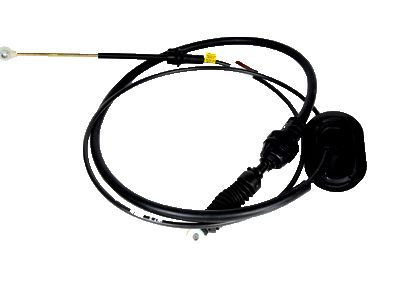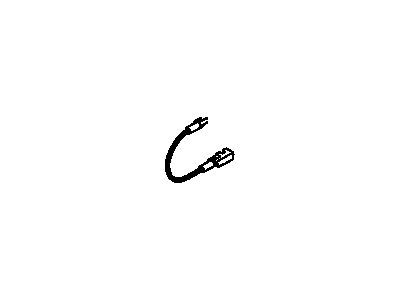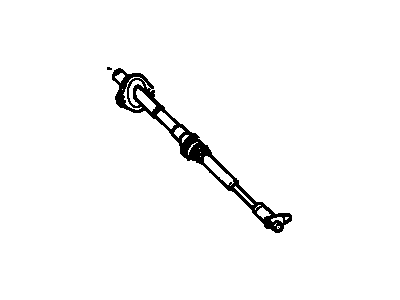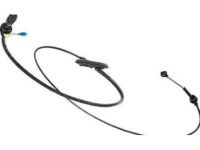
My Garage
My Account
Cart
Genuine Chevrolet Blazer Shift Cable
Transmission Shift Cable- Select Vehicle by Model
- Select Vehicle by VIN
Select Vehicle by Model
orMake
Model
Year
Select Vehicle by VIN
For the most accurate results, select vehicle by your VIN (Vehicle Identification Number).
18 Shift Cables found
Chevrolet Blazer Automatic Transmission Range Selector Lever Cable Assembly
Part Number: 15189200$97.53 MSRP: $166.77You Save: $69.24 (42%)Chevrolet Blazer Cable Assembly, A/Trns Range Sel Lvr
Part Number: 84862513$47.22 MSRP: $70.60You Save: $23.38 (34%)Ships in 1-3 Business DaysChevrolet Blazer Automatic Transmission Range Selector Lever Cable Assembly
Part Number: 15189203$81.77 MSRP: $122.26You Save: $40.49 (34%)
Chevrolet Blazer Shift Cable
Each OEM Chevrolet Blazer Shift Cable we offer is competitively priced and comes with the assurance of the manufacturer's warranty for the part. Furthermore, we guarantee the speedy delivery of your orders right to your doorstep. Our hassle-free return policy is also in place for your peace of mind.
Chevrolet Blazer Shift Cable Parts Questions & Experts Answers
- Q: How to remove the shift cable on Chevrolet Blazer?A:To remove the shift cable, start by detaching the cable from the negative terminal of the battery and applying the parking brake. Then, block the rear wheels and shift the transmission into Neutral. If applicable, remove the transfer case shield and pry the cable end from the transmission control lever stud. Remove the cable from the transmission oil pan clip and the horseshoe retainer from the shift cable housing. Squeeze the cable retainer and pull the cable toward the back of the vehicle to disconnect it. For vehicles with a column shift, remove the steering column trim filler panel, and for floor shift vehicles, pry the shift cable from the shift lever. Remove the horseshoe clip retaining the cable to the bracket on the steering column and squeeze the cable retainer to remove the cable from the bracket. If necessary, remove the floor console, cowl trim panel, door sill trim plate, seat, and front carpet, and pry the cable grommet from the floor before removing the cable and grommet from the vehicle. To install the cable, follow the reverse order of removal, being careful not to damage the rubber boot. For adjustment, apply the parking brake and remove the retaining clip from the rear support bracket. Separate the body-core adjuster from the range selector pin and place the transmission shift selector shaft and lever in Neutral. Remove the horseshoe retainer from the shift cable and the cable from the transmission oil pan clip. Reinstall the cable onto the transmission oil pan clip and the horseshoe retainer onto the shift cable. Ensure the transmission shift lever and selector shaft are still in Neutral and snap the body-core adjustment onto the transmission selector shaft. Push the locking tab into the body core until it snaps, and insert the horseshoe retainer into the shift cable. Finally, check the adjustment to ensure the shift lever goes into all positions and the engine starts only in the P or N positions. Readjust the shift cable and park/neutral switch if necessary to meet these criteria.
Related Chevrolet Blazer Parts
Browse by Year
2024 Shift Cable 2023 Shift Cable 2022 Shift Cable 2021 Shift Cable 2020 Shift Cable 2019 Shift Cable 2005 Shift Cable 2004 Shift Cable 2003 Shift Cable 2002 Shift Cable 2001 Shift Cable 2000 Shift Cable 1999 Shift Cable 1998 Shift Cable 1997 Shift Cable 1996 Shift Cable 1995 Shift Cable 1992 Shift Cable 1991 Shift Cable 1990 Shift Cable 1989 Shift Cable 1988 Shift Cable 1987 Shift Cable 1986 Shift Cable 1985 Shift Cable
